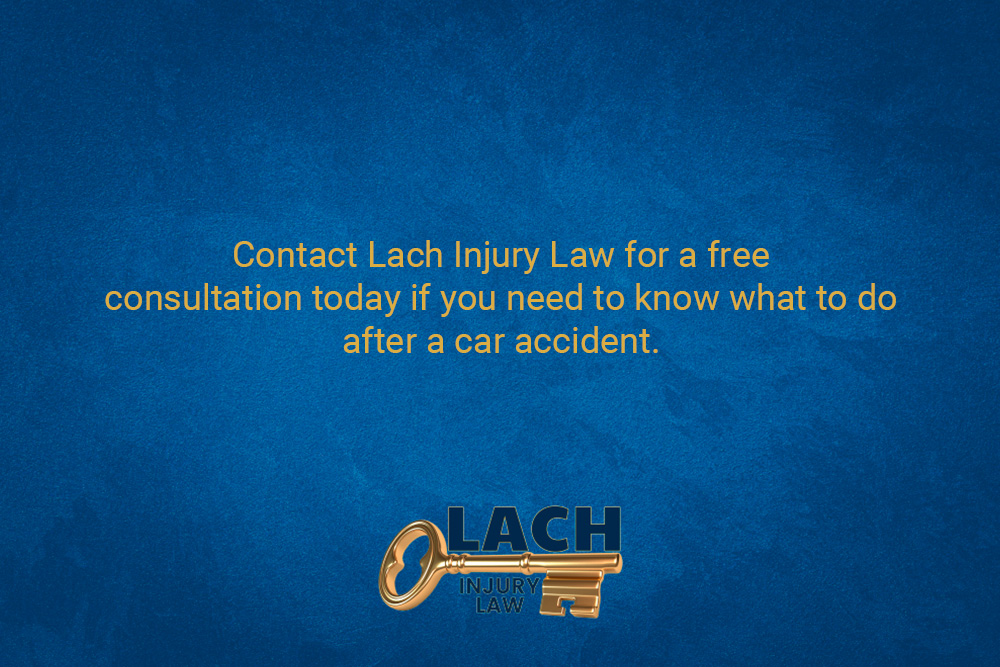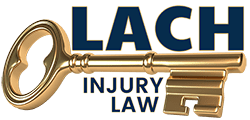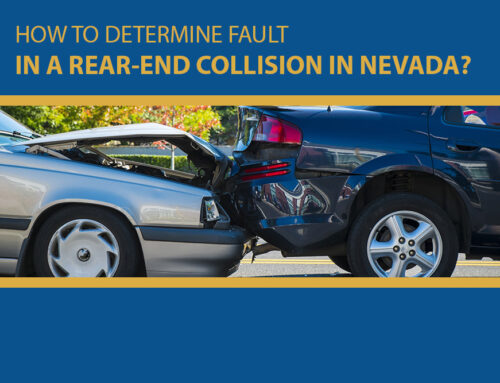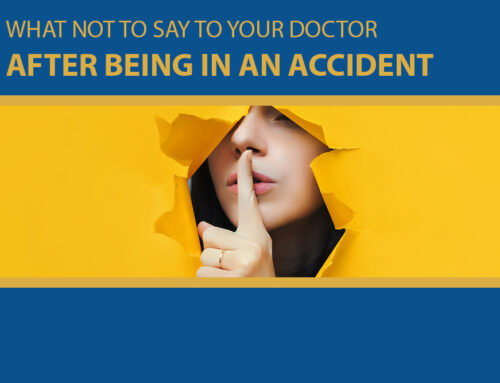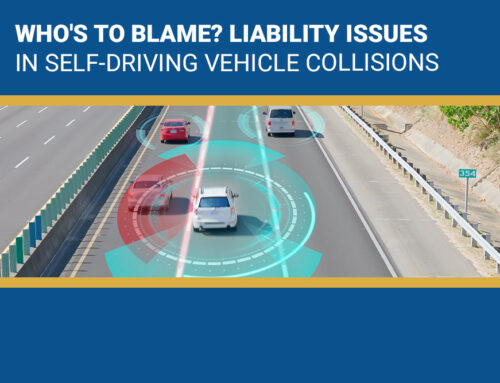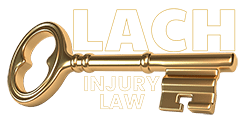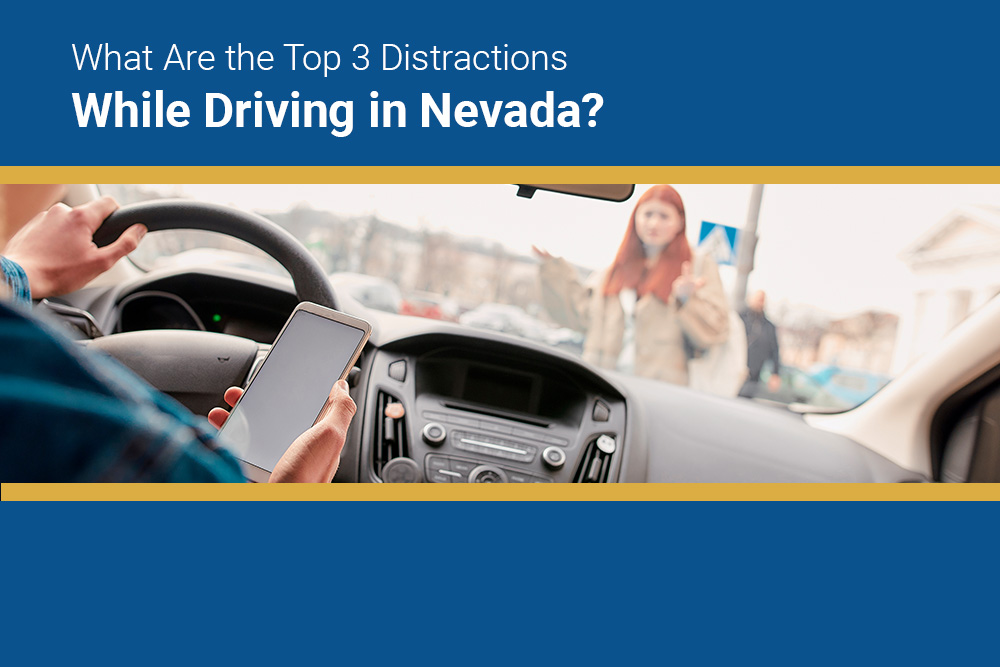
Distracted driving takes a heavy toll on society. The U.S. Centers for Disease Control and Prevention statistics attributed over 3,100 fatalities in 2019 to distracted drivers. Tens of thousands of more injuries occur every year because of distracted drivers. For this reason, injury lawyers in Las Vegas look closely for evidence of distraction because personal injury law will likely obligate the distracted driver to pay for an injury victim’s damages. This liability comes from the simple fact that everyone has legal duty to pay attention when operating a motor vehicle.
Types of Distractions
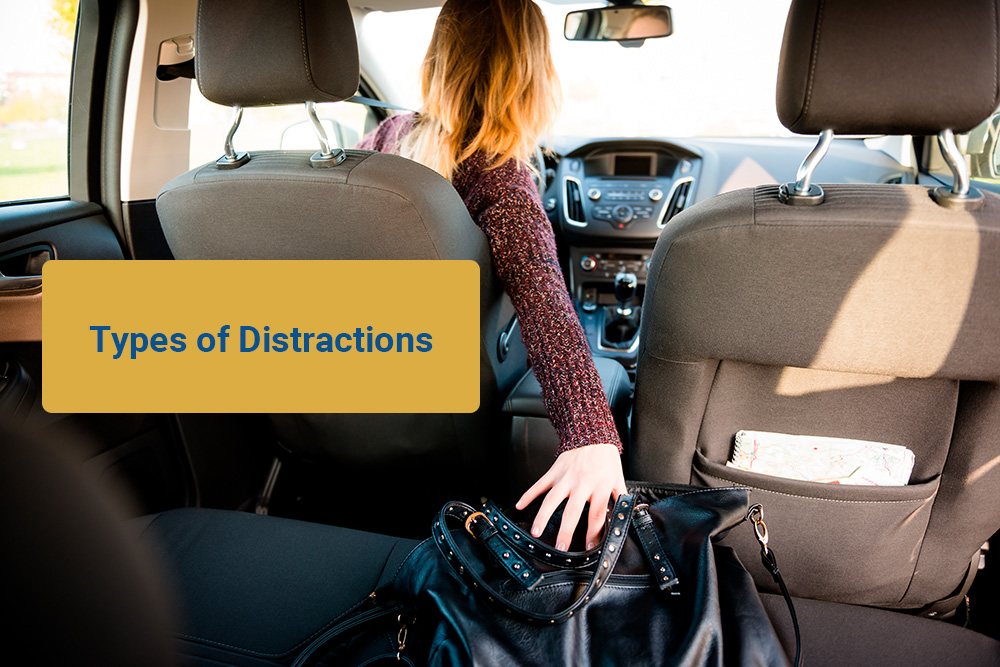
Researchers have sorted distracting activities for drivers into three main categories:
- Manual – Actions that physically remove your hands from the steering wheel.
- Visual – Actions that cause you to take your eyes away from traffic.
- Cognitive – Actions that divert your mind from operating the vehicle.
All sorts of actions fall into one or more of these categories. The most severe driving distractions are triple threats because they detach the driver from driving manually, visually, and cognitively.
Top 3 Triple Threat Distractions
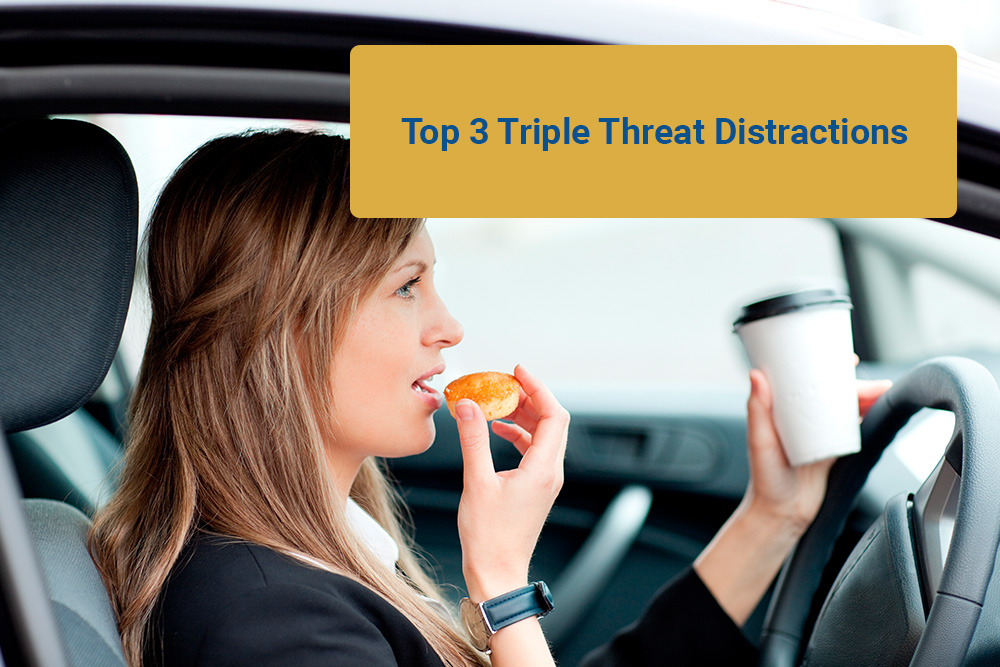
1. Reaching for something in the vehicle – If you’re driving and decide to get something out of the glove compartment or your purse, the act of reaching for the item creates a triple threat distraction. You have to look for the object, use your hand, and think about what you’re doing.
Examples of reaching distractions:
- Retrieving a phone ringing in a purse distracts a driver before activating the mobile device.
- A bag of items slipping off the passenger seat onto a floor could prompt a driver to bend over to retrieve it.
- Picking up a child’s sippy cup or toy and trying to return it to the child in the backseat.
2. Cellphones – Handheld mobile devices result in significant driver distractions. Answering a call, typing a text, or reading a text all remove a driver’s visual and mental attention from the road and require taking at least one hand off the wheel.
A car accident attorney investigating a crash may subpoena phone records from a driver. A usage report provided by a mobile carrier could show that the user actively engaged the phone at the time of the collision.
At times, police reports mention that drivers were using their handheld devices. Police officers might directly ask if drivers were on their phones, but their responses are not always reliable. People won’t admit that they were texting or looking at social media.
3. Eating – With so many drive-through restaurants in the city, you can expect some drivers to be eating at any given time. Although eating while driving is not illegal, it counts as a triple threat distraction. People must use their hands to eat, and their focus shifts to the food. The enjoyment of the food occupies their minds.
Examples of eating distractions:
- A driver could look away from the road when dipping a chicken nugget in a sauce cup.
- Burger sauce dripping into a driver’s lap causes the driver to cook down and attempt cleanup.
- A driver takes their hands off the wheel to wipe them with a napkin.
A police officer responding to an accident might note the food and packaging in a driver’s area on the report. This would provide evidence that the driver was possibly eating while driving, and a car accident attorney could highlight it as a reason to assign fault for the crash to that person.
Distraction Accident Risks According to Nevada DOT
The Nevada Department of Transportation has calculated how much certain distractions enhance the chance of a driver experiencing an accident.
- Reaching for a moving object, such as a water bottle rolling on the floor, bumps up the odds of crashing by an enormous nine times.
- Dialing a phone increases the crash risk by 3.4 times.
- Eating behind the wheel triples the chance of getting in an accident.
The department’s research also found that putting on makeup, reaching for a stationary object, and talking on a handheld phone pose measurable threats to traffic safety. Even if a Las Vegas personal injury attorney cannot document distractions precisely, the facts of the accident may still support a client’s recovery of financial damages. Distractions usually result in traffic violations, like failing to yield the right of way and drifting into another lane.
Nevada Laws About Distracted Driving
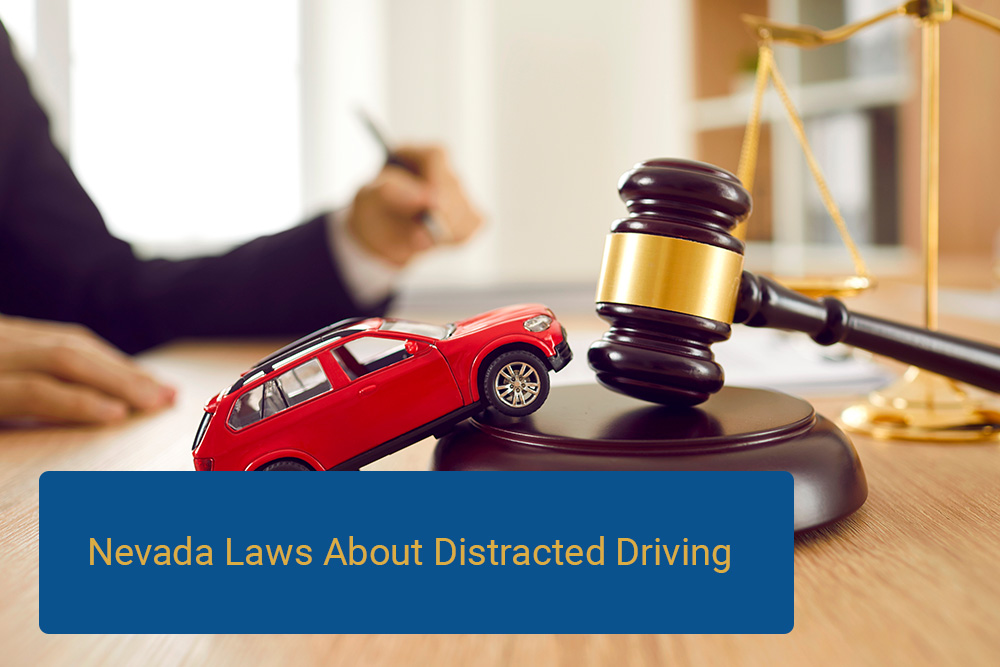
Nevada, like most states, has chosen to outlaw drivers’ use of handheld mobile devices. Police officers who see drivers using handheld devices have the authority to pull them over and issue citations even if they were not making any driving errors—the first citation results in a $50 fine.
Due to the illegality of this distracting activity, a personal injury lawyer in Las Vegas could use a citation as evidence of negligence. This could strengthen an injury victim’s claim for damages and potentially protect against attempts to shift some or all fault onto the victim.
Get Answers From a Knowledgeable Accident Lawyer in Las Vegas
Few people are prepared to manage the intricacies of proving fault and recovering an insurance settlement after an automobile accident. Traumatic injuries deplete your capacity to collect evidence or counteract the conclusions of an insurance adjuster.
Darren J. Lach has devoted his career to ensuring injury victims understand their rights and collect the maximum compensation they need to put their lives back together. Contact Lach Injury Law for a free consultation today if you need to know what to do after a car accident.
